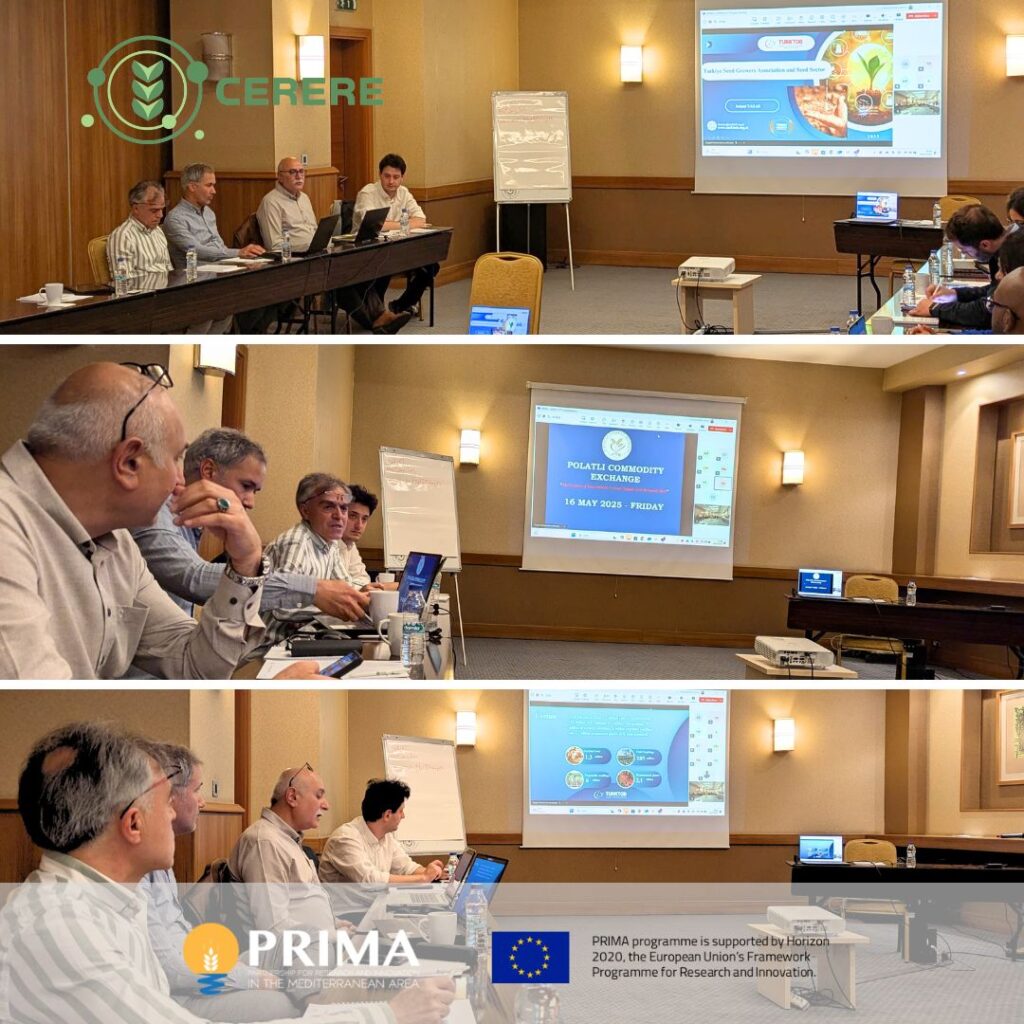The increasing frequency and severity of disruptions in supply chains (SCs), driven by climate change, geopolitical tensions, and evolving structural dynamics, have heightened the importance of supply chain resilience (SCR) and viability (SCV). This study introduces a comprehensive, three-dimensional framework for SCR and SCV covering product, process, technology, and human-centric perspectives. The framework is empirically validated using structural equation modelling (SEM) based on data from 65 SC experts. We demonstrate how key SC variables align with their latent constructs, operationalising the theoretical concepts of resilience and viability in their integrity. The analysis confirms that network and product resilience and viability are pivotal in driving SC performance, while technology and workforce resilience and viability have a lower direct impact. Using a case study of the cereal SC in the Mediterranean region, we show how to implement our framework providing actionable recommendations for supply chain actors, decision-makers, and policymakers, while offering generalized, practical insights for improving the resilience and viability of agri-food systems. This paper contributes both methodological and practical insights to advancing SCR and SCV theory and practical applications.
Read the full article here: https://www.tandfonline.com/doi/full/10.1080/00207543.2025.2470350



